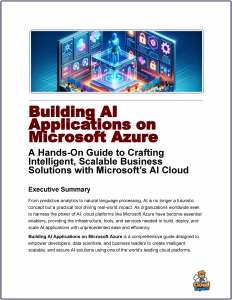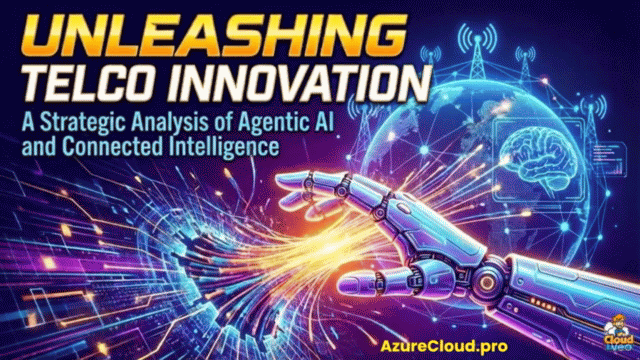 Implementing an AI Center of Excellence (CoE) is a strategic initiative to centralize expertise, drive innovation, and align AI efforts with organizational goals.
Implementing an AI Center of Excellence (CoE) is a strategic initiative to centralize expertise, drive innovation, and align AI efforts with organizational goals.
The first step is defining the CoE’s purpose, ensuring it supports business objectives like improving customer experiences or optimizing operations.
Engaging C-suite stakeholders to align the CoE’s mission with corporate strategy is crucial, as is establishing measurable KPIs, such as cost savings or revenue growth, to track success.
The CoE requires a multidisciplinary team led by a Chief AI Officer with both technical and business expertise. This team, including data scientists, engineers, ethicists, and project managers, collaborates with business units and IT to execute AI initiatives.
Ai Operating Model
The operating model—centralized, federated, or hybrid—should reflect the organization’s AI maturity and culture.
A robust technology ecosystem is essential, with a data strategy that ensures quality and compliance, supported by platforms like AWS SageMaker or TensorFlow and scalable cloud infrastructure. Governance is equally critical, with policies to address ethical AI, data privacy, and model transparency, ensuring compliance with regulations like GDPR.
Fostering a culture of AI adoption involves change management, employee training, and quick-win pilots to demonstrate value. The CoE should prioritize high-impact use cases, such as predictive analytics or customer personalization, using agile methodologies to iterate and scale. Continuous measurement through business impact and adoption metrics ensures the CoE delivers value, while external partnerships with vendors or academia can accelerate innovation.
To future-proof the CoE, staying updated on AI trends and investing in R&D is vital. By aligning strategy, structure, and culture, organizations can establish an AI CoE that drives transformation and maintains competitiveness in an AI-driven world.
Designing a Successful Modernization Approach for AI readiness
In this article by Mike Hulme, General Manager of Azure Digital and App Innovation at Microsoft, outlines a holistic approach to application modernization for AI readiness, emphasizing the integration of strategy, processes, and technology.
Modernization involves updating assets across business areas to align with cloud and AI innovations, addressing challenges like legacy systems, manual processes, and skill shortages. Using the Forrester Application Modernization Checklist, the article highlights three key focus areas:
- Technology Strategy: Secure leadership buy-in, align AI initiatives with business goals, and upskill employees to ensure adoption. For example, Coles leveraged AI to optimize its supply chain, demonstrating tangible outcomes.
- Operational Processes: Map modernization to workflows, adopt cloud solutions, and track cross-functional KPIs to enhance efficiency, as seen in Nexi’s automation efforts on Azure.
- Technology Stacks: Integrate modern tools with strategic partnerships, like Nexi’s collaboration with Microsoft, to streamline development and enhance security.
The article stresses that modernization is a continuous process, not a one-time effort, to unlock AI’s potential, reduce costs, and drive innovation. It cites a Forrester study noting that 75% of respondents found cloud migration essential for AI adoption.



